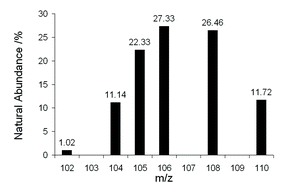Novel matrix separation—on-line pre-concentration procedure for accurate quantification of palladium in environmental samples by isotope dilution inductively coupled plasma sector field mass spectrometry
Abstract
A method for accurate on-line ultra-trace analysis of palladium by


 Please wait while we load your content...
Please wait while we load your content...